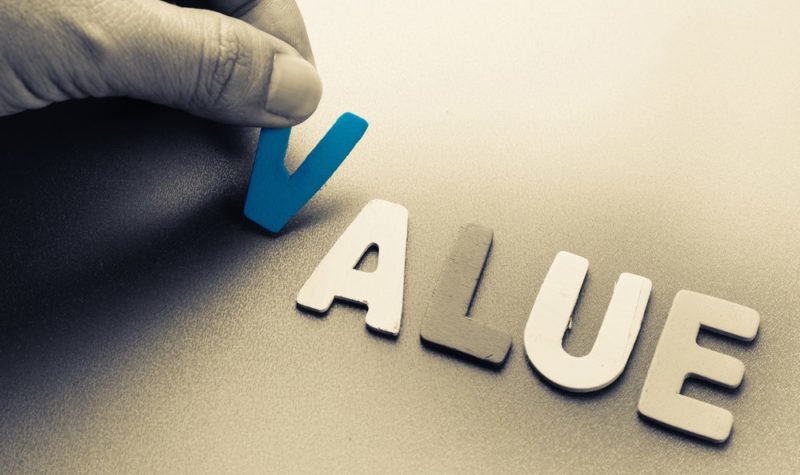Tricorn Group: a microcap that is going places

Trading on a low single-digit P/E ratio with considerable net asset backing, Tricorn looks like a highly undervalued situation, writes Mark Watson-Mitchell.
| Master Investor Magazine
Never miss an issue of Master Investor Magazine – sign-up now for free! |
Tricorn Group (LON:TCN) is a developer, manufacturer and supplier of pipe and tubing assemblies, specialising in the global transportation and energy sectors. Based in Malvern in Worcestershire, the group employs some 300 people across its five manufacturing facilities worldwide.
It has three key geographic regions in which it operates, namely the USA, the UK and China. Supplying some of the world’s largest blue-chip and OEM companies, it makes manipulated tubular assemblies in steel, plastic and plastic/steel hybrids for major generator set, radiator and diesel engine manufacturers involved in the ‘power generation’ markets.
For its ‘off highway’clients it puts together tubular assemblies and fabrications for applications including diesel engines, fuel sender sub-systems and earth-moving vehicles. In the ‘niche automotive’ sector it makes kit for Premier 4X4 vehicles, fuel sender systems and for passenger vehicles.
It also makes precision tubular products and hydraulic tube assemblies for the ‘agricultural’ sector. It produces tube hose assemblies, brazed and welded assemblies, and diesel injector lines for medium and heavy-duty truck engines for its‘on highway’ customers.
Tricorn is split into two main divisions: Energy, taking in Malvern Tubing Components and Minguang Tricorn Tubular Products; and Transportation, taking in Franklin Tubular Products and Maxpower Automotive.
The results for the year to end March 2019 showed the Transportation division clocking up 75% of group sales but only 52% of pre-tax profits. This side delivered some strong revenue growth combined with improved margins. However, the power generation rental sectors saw reduced demand last year which impacted the Energy division’s results, even though it showed a strong operational performance.
On a global basis the group is expanding its operations. Apart from the further improvements from its joint venture business in China, the expansion in the States was marked by a statement last week from the company about the May 2019 purchase of a powder coating and wet spraying line and that it has become fully operational three weeks earlier than expected. It has also extended its lease and taken on more space to expand its capacity and broaden its product offering in the USA.
The group has 33,795,000 shares in issue of which institutional holders include: Canaccord Wealth Management (17.93%), WB Nominees (4.08%), FNZ Nominees (4.05%), and Cheviot Capital (3.85%). Roger Allsop, the previous Chief Executive and owner of Malvern Tubular and who is now a non-executive director of the Group, holds 33.2% of the equity.
Over the last four years the Group has shown significant revenue and profits growth. Last year’s results showed revenue up just 2.6% to £22.76m whilst pre-tax profits leapt 31.6% to £1.09m, with earnings growing 14% to 3.02p per share. It even returned to the dividend list with a 0.2p per share declaration. The group, which operates without any covenant on its borrowings, also reduced its gearing to just 45%, some £3.29m debt. However, net assets increased to £15.04m.
We should get an indication of just how well the current year could progress when the company holds its AGM on 11th September and then a month later with its interims.
Estimates for this year are for a small increase in sales at £23m and pre-tax profits of £1.2m. Then next year some £24m of sales could generate £1.45m pre-tax. Meanwhile, brokers are suggesting £26m of revenue in the 2022 year which could well push pre-tax profits up to £1.75m, worth over 4p per share in earnings.
It is those profits and earnings growth figures that shout out to me that its shares at just 18p each, valuing the company at only £6.2m but backed by £15m of net assets, are a massively undervalued situation trading at a mere 5.9 times historic and just 4.5 times future earnings.

Comments (0)